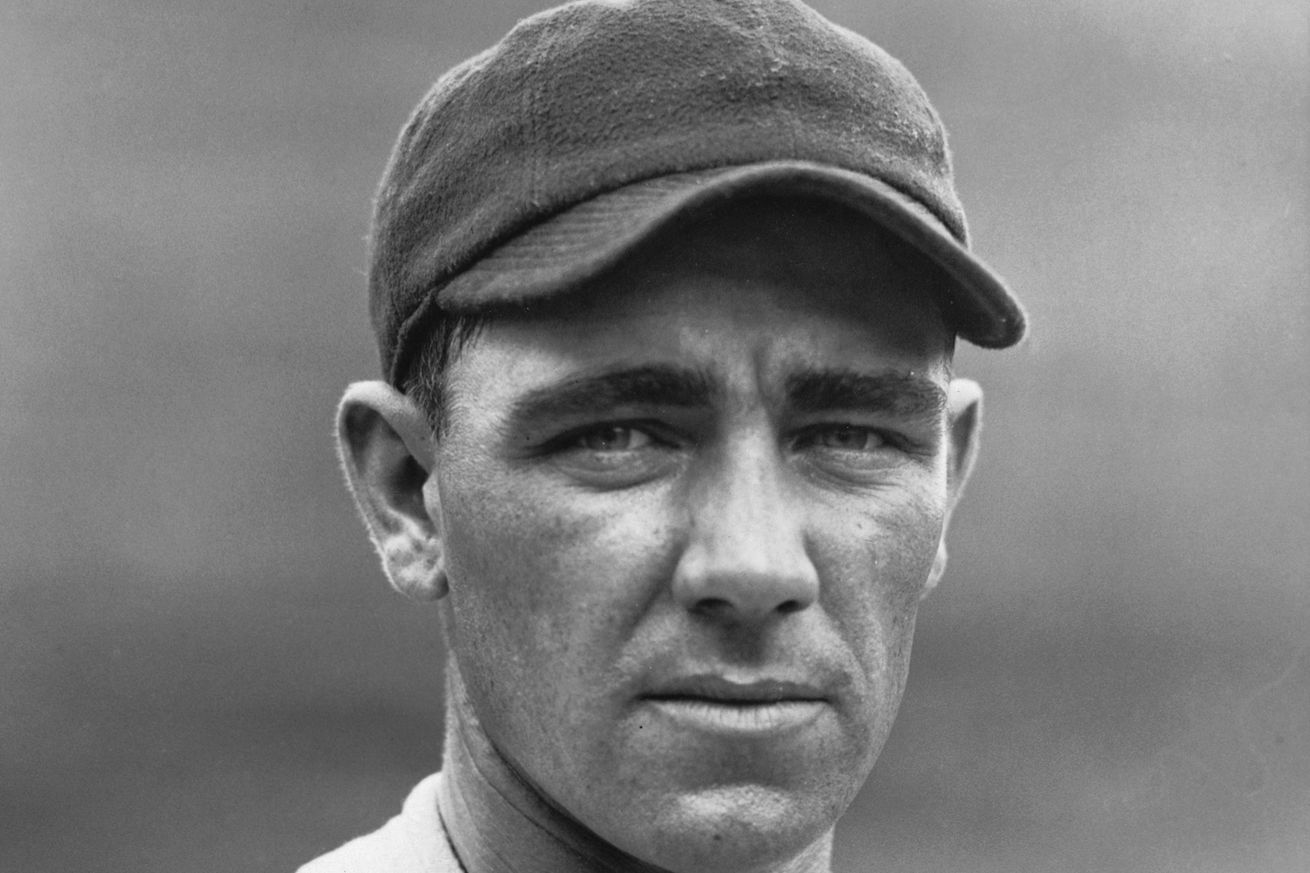
Talk about a quiet year.
There is almost nothing memorable about the 1923 Cubs. They never inhabited first place, not even for a day. After May, the closest they came to first place was six games, and even then, in mid-June, they were just 30-27. They had no real memorable seasons from any of their players, though George Grantham stole 43 bases. No Cub would steal more than that for 57 years, until Ivan De Jesus had 44 in 1980.
Their longest winning streak was seven, and longest losing streak six, and even with this dull team, they sold 703,705 tickets, second-most in the National League.
I am telling you all this because I have literally two transactions to talk about for the Cubs’ 1923 season.
August 20: Acquired Phil Collins from Rockford (Three-I League)
Something must have been in the air when the Cubs made this acquisition, or maybe it was another day in paradise. In any case, against all odds the Cubs got this pitcher, a Chicago native, from what was officially called the Illinois-Indiana-Iowa League, but colloquially called “Three-I” or even “Three-Eye.”
Collins attended Bowen High School. No player from Bowen has made the major leagues since Eli Grba in 1963, and one of the Bowen grads who played in the majors was Tony Piet, an eight-year major leaguer with the Pirates, White Sox, Tigers and Reds who later ran a large Pontiac dealership on the South Side of Chicago.
I’m telling you all this because Phil Collins’ Cubs career lasted one game, the second-to-last game of the 1923 season. He threw five innings and allowed two runs and got the win as the Cubs defeated the Cardinals 10-3.
A year later the Cubs sent him back to the Three-I League for cash considerations and he wound up pitching a few years for the Phillies after they got him in the 1929 Rule 5 Draft.
Follow me?
December 13: Acquired Sheriff Blake and Elmer Jacobs from Seattle (PCL) for Percy Jones and George Stueland
Jacobs had a decent year for the Cubs in 1924, not so good in 1925, then the White Sox claimed him in the 1926 Rule 5 Draft.
Blake was the real prize here, he played parts of eight seasons for the North Siders and accumulated 12.1 bWAR. His best year was 1928, when he went 17-11 with a 2.47 ERA and threw a career-high 240⅔ innings, good for 5.5 bWAR. Injured late in the ‘28 season when a line drive hit him in the hand, his next year wasn’t as good, but Blake did pitch in two games of the 1929 World Series. (Not very well, though.)
After Blake’s MLB career ended, largely due to that injury, he pitched for another decade in the minors and even tried his hand at managing. Eventually he went back to his native West Virginia and worked for a coal-mining company. He died in 1982, aged 83.
Per Blake’s SABR biography, it was George Stallings, former MLB manager and at the time Blake’s manager in the minors, who nicknamed him “Sheriff”:
“[It] was back during Prohibition,” he explained. “Stallings knew I was from West Virginia [and also knew] that there was a lot of moonshining going on in West Virginia. He went to call me one day and could not think of my name, so he said ‘Hey you moonshining sheriff, come here.’” The name remained with Blake for the rest of his life. He learned to embrace it, but admitted that he had to explain for the remainder of his baseball days that he was not really an elected official in charge of enforcing the law.
The Cubs eventually got both Jones and Stueland back, Jones in the next year’s Rule 5 Draft. Jones pitched four more seasons for the Cubs, his best year 1926, when he went 12-7 with a 3.09 ERA, good for 3.1 bWAR.
These deals were good enough for the Cubs that I’ll give them a “B” grade.
